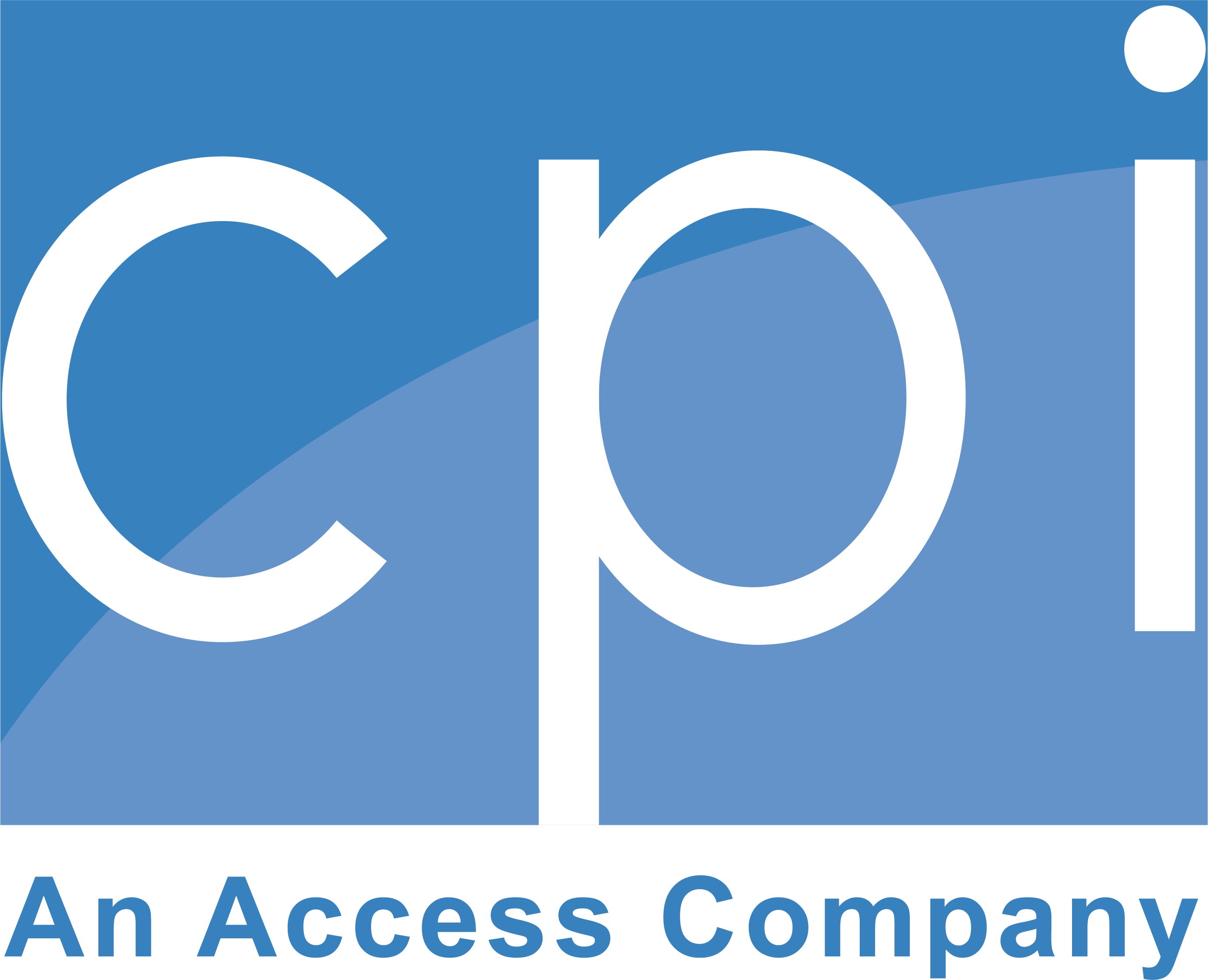Over the past few years, digital transformation within the enterprise has accelerated from a five-year plan to a business imperative. As a result, many organizations are feeling the pressure to quickly and efficiently digitize data and documentation so it is accessible, auditable, scalable, and secure.
One way businesses can achieve this goal is by implementing an enterprise content management system.

What Is an Enterprise Content Management System?
In general terms, enterprise content management (ECM) refers to the processes, tools, methods, and strategies that businesses use to capture, store, organize, and deliver content and information to the people and systems that need it.
ECM solutions are one part of the bigger content management picture, providing a centralized, digital tool for systematically and securely collecting, storing, and processing business-critical documents.
Why You Need an ECM System
Navigating today’s uncertain business landscape is challenging enough without having to worry about managing and securing sensitive data and documents.
An ECM solution helps streamline processes and mitigate risks by providing several key capabilities, including:
- Increased productivity: Get easy access to data and documents any time, from any location.
- Improved security: Prevent mismanagement of data and unauthorized access to sensitive files.
- Structured data: Convert unstructured data to structured data so it is easier to analyze and distill actionable insights.
- Enforced compliance policies: Ensure documents are stored, transmitted, accessed, and disposed of within regulatory guidelines.
5 Tips for Implementing an ECM System
Implementing an ECM system can be a significant positive move for your organization, but it is a big undertaking. Getting the project off the ground can be difficult, so here are five key ways to help ensure your ECM initiative succeeds.
1. Get buy-in.
First and foremost, it is crucial to make sure stakeholders understand the reasons to embrace an ECM solution so they’re motivated to help the process along.
When you are making your business case, be sure to highlight direct benefits an ECM system will provide the company, such as:
- Streamlining your operations: An ECM will provide more efficient access to documents and digitized data that you can feed directly into enterprise systems.
- Reducing operating costs: ECMs eliminate many manual processes and reduce the human-error risks that come with physical filing and paper-based systems.
- Improving customer service: ECM systems give stakeholders better transparency and seamless access to account information.
2. Prioritize the most critical departments.
ECM doesn’t have to be all or nothing. If you’re not ready to go company-wide, start with a department where digitizing document management and automating processes will have the biggest impact
For many companies, the biggest ROI will be from implementing an ECM system in accounts payable, accounts receivable, and human resources.
3. Digitize your existing records.
You don’t want to complicate things by having all your archives in paper and new documentation in a digital format, so it’s best to go digital with all your records.
Although this may sound like an enormously time-consuming undertaking, it doesn’t have to be. Using scanning and optical character recognition (OCR) technology to convert legacy hard copy files to searchable, easily stored digital documents is fast, accurate, and secure.
4. Remain agile.
As you go through implementation, pay attention to what’s working and what isn’t, and be prepared to make tweaks as needed. Ensure employees know how to use the system and, once they’ve had a chance to become familiar with it, check in to see if there are any features they would like to see.
5. Work with a managed services provider.
Partnering with a managed services provider (MSP) that specializes in helping companies digitize their document management can help speed up the process.
For example, the right MSP can:
- Do the heavy lifting, such as scanning documents and setting up templates so the ECM system can accurately digitize and extract data from your documents in the future.
- Conduct training sessions so your staff knows how to use the new systems appropriately, which will speed up user adoption and reduce friction.
- Implement the right security protocols to keep your documents secure from both internal and external threats.
- Configure the system to work for your organization so you get the maximum benefit from your technology investment.
Getting Started with Enterprise Content Management
In today’s fast-paced, highly competitive business environments, if you aren’t managing your documents digitally, you risk falling behind in the market. Implementing an ECM system can help you keep your competitive advantage by optimizing document management processes and workflows to be agile, secure, and scalable.
If you’re ready to accelerate your document digitization initiatives, CPI can help you identify the ECM solution that best fits your needs. Check out our Welasco case study to see how we helped one company digitize its content management.




